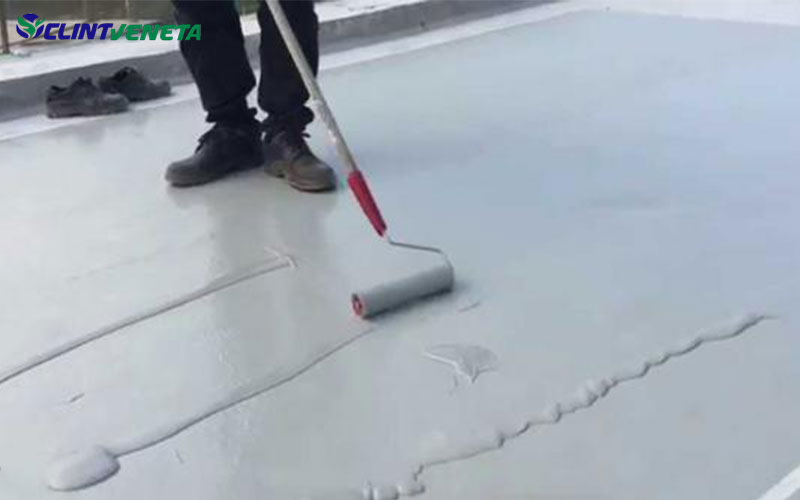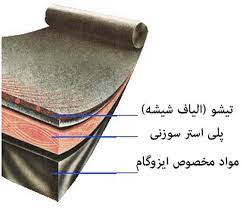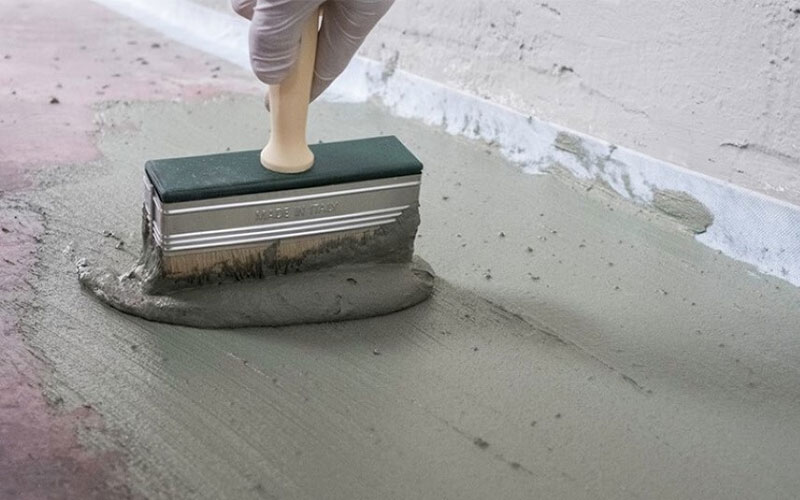One of the main causes of deterioration and shortening of the life of the building is the penetration of moisture into it. To prevent its penetration, suitable moisture waterproofing insulation should be used in any part of the building where there is a possibility of moisture penetration.
Moisture insulation is a coating that, by combining with other materials and using them on the roof, roof, bathroom, pool, etc., prevents moisture from entering. Moisture penetration in the building can cause problems such as rusting metals, mold and mildew growth, freezing of structures and…. Be.
As you know, problems such as leaks or burst pipes can cause a lot of damage, but if you use the right insulation in the building, we can significantly reduce the amount of damage.
Today, with the advancement of technology, ways and methods of waterproofing have greatly expanded and has been able to solve one of the great concerns of human beings.
In the following, we will examine the types of waterproofing.
Waterproofing can be divided into two general categories, each of which has different types.
Waterproofing based on the method of implementation

Waterproofing can be divided into two categories according to the method of application: “hot-running” and “cold-running”
Hot water heaters are those that are applied to the desired surfaces using heat and heat, but to apply cold water heaters, just mix and use their components together and use.
Waterproofing based on ingredients
In addition to water, most waterproofing materials are also resistant to UV rays. Next, by examining the types of waterproofing based on the ingredients, you can choose and buy the waterproofing that is suitable for you.
Nano waterproofing

In the construction industry, all insulations based on new technologies are usually called nano-insulators, which are a subset of polymer insulators. Nano-insulators can be used as a thin layer on the desired surface such as roof, wall, etc.
Its strengths include resistance to fungi and mold, as well as their hydrophobicity due to the use of nanotechnology.
Bitumen-based waterproofing
Gypsum: Gypsum is one of the first methods to create waterproofing in which sack and bitumen are used. There are different types of bags used in this method that are offered in the market at different prices. Bitumen is also obtained from the distillation of crude oil.
 Izogam: Izogam insulation is a more advanced type of gypsum that can be used as pre-prepared rolls. The layers of isogum can be glued on the desired surfaces such as ceiling, wall, roof, etc. by using special heating. The constituents of bitumen isogum and synthetic fibers are produced in different thicknesses and sizes in simple metal coatings.
Izogam: Izogam insulation is a more advanced type of gypsum that can be used as pre-prepared rolls. The layers of isogum can be glued on the desired surfaces such as ceiling, wall, roof, etc. by using special heating. The constituents of bitumen isogum and synthetic fibers are produced in different thicknesses and sizes in simple metal coatings.
Its strengths include flexibility and resistance to expansion and contraction. You can also use it for up to 10 years after installing this insulation.
Cement waterproofing

In this group, insulators are used to increase the adhesion and flexibility of polymeric materials, and for this reason, they can be considered as a subset of polymeric insulators. However, in some cement insulators, nanoparticles are also used for better results.
These insulators are mostly used to insulate wet places and walls of buildings because they have high resistance to erosion. Note that the use of cement insulation in places where there is a possibility of cracking is not recommended.
You can visit the Clintveneta product store page to get the waterproofing you need and contact us to buy or get more information.